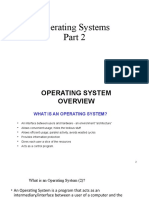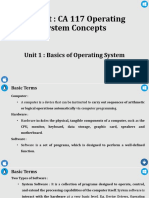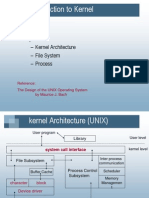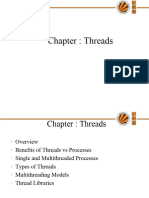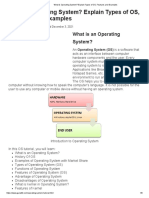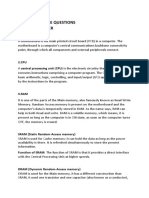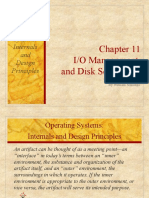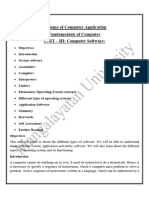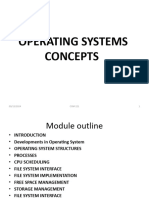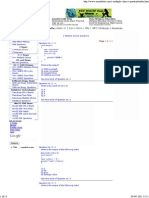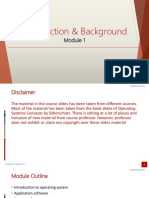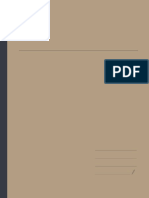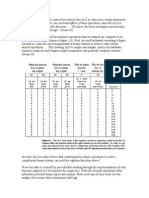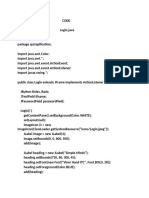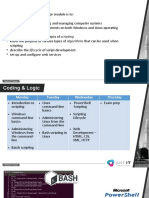0% found this document useful (0 votes)
348 views20 pagesOperating Systems Overview
PCs need an operating system to manage computer resources like memory and processes, provide interfaces for users and programmers, and serve as a platform for applications; operating systems perform functions like file management, memory allocation, running multiple processes simultaneously, and interfacing with hardware through device drivers. Operating systems provide user interfaces to manage computers and applications, programmer interfaces through standard system calls, and capabilities like configuration, security, networking, and maintenance of computers and systems.
Uploaded by
mohsinabbas1984Copyright
© © All Rights Reserved
We take content rights seriously. If you suspect this is your content, claim it here.
Available Formats
Download as PPT, PDF, TXT or read online on Scribd
0% found this document useful (0 votes)
348 views20 pagesOperating Systems Overview
PCs need an operating system to manage computer resources like memory and processes, provide interfaces for users and programmers, and serve as a platform for applications; operating systems perform functions like file management, memory allocation, running multiple processes simultaneously, and interfacing with hardware through device drivers. Operating systems provide user interfaces to manage computers and applications, programmer interfaces through standard system calls, and capabilities like configuration, security, networking, and maintenance of computers and systems.
Uploaded by
mohsinabbas1984Copyright
© © All Rights Reserved
We take content rights seriously. If you suspect this is your content, claim it here.
Available Formats
Download as PPT, PDF, TXT or read online on Scribd
/ 20
